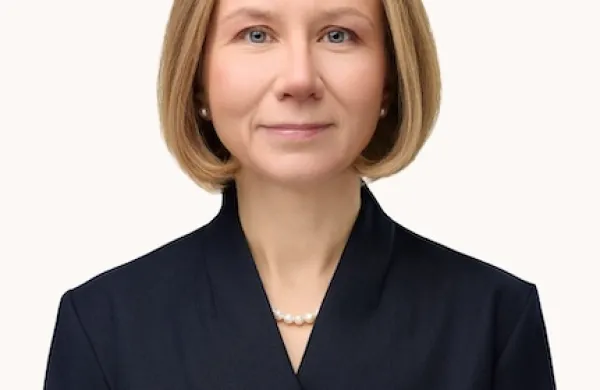Don’t value rationality too much in selecting asset managers, a study published late March suggested.
By applying a principal-agent model to the relationship between investors and asset managers, two business school scholars at Tulane University and University of Western Ontario concluded that managers who overestimate the quality and impact of their market views tend to work harder to the benefit of clients, up to a point.
That is, when clients control their own fee structures.
“When compensation is endogenously determined, we find that investors can benefit from managerial overconfidence,” wrote Jung Hoon Lee of Tulane University and Shyam Venkatesan of the University of Western Ontario. “Overconfidence induces a higher level of effort until the effects of restrictions on portfolio formation take over.”
Such restrictions might include bans on short-selling stocks, margin trading, or borrowing, according to the study.
“By increasing the incentive fee and sharing more risk the investor can curb excessive risk taking,” the researchers said. “However, excessive overconfidence is detrimental to the investor.”
[II Deep Dive: How Not to Be Wall Street’s Sucker]
Money managers aren’t special in their lofty views of their own skills, the authors pointed out. Behavioral research has established that most people are overconfident.
In this case, Lee and Venkatsen described ‘overconfidence’ as a manager's tendency to overestimate “the precision of the noise in his signal and hence also the precision of the ex-post distribution of the risky asset's returns.” Compared to a rational manger, an overconfident one believes the mean return of the risky asset is much higher.
The paper — “Overconfidence in Money Management: Balancing the Benefits and Costs” — is both a theoretical analysis, using the traditional principal-agent model, and an empirical study based on 50,000 mutual fund-quarter observations.






